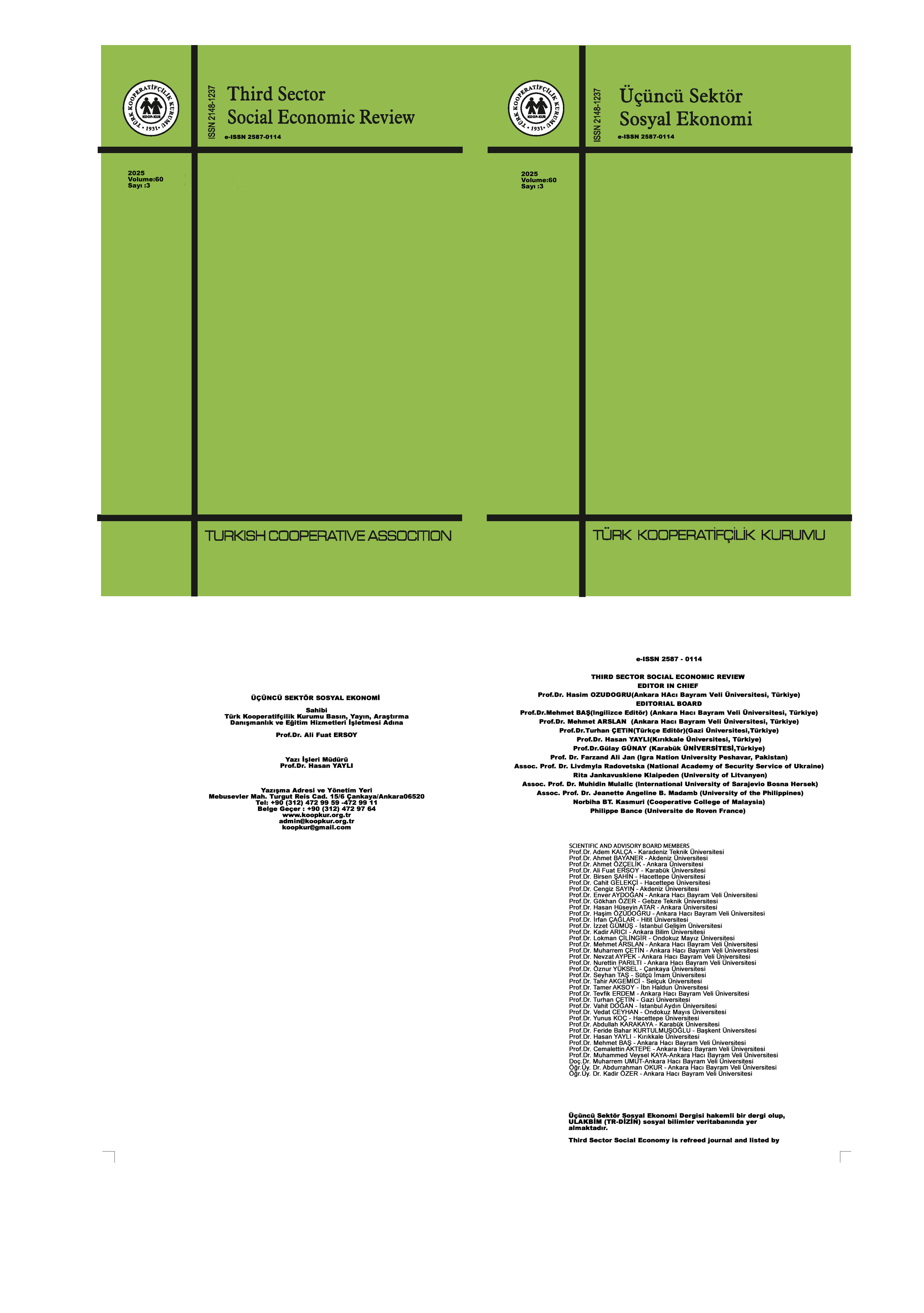19th Century Philadelphia Economy
DOI:
https://doi.org/10.63556/tisej.2025.1449Keywords:
Philadelphia, Railway, Production, Industry, TradeAbstract
The 19th century represents an important period for the American economy. Because the developments that enabled America, which gained its independence in 1783, to become the world's most powerful economy in the 20th century, emerged in the 19th century. One of the important centres where these developments took place is Philadelphia. The city's proximity to raw material resources, its serious production potential and its connection to the Atlantic Ocean via the Delaware River made Philadelphia stand out economically in this period. Thanks to these features, thousands of factories operating in different sectors such as locomotives, wagons, ships, hats, chemical products, aluminium, iron, sugar and textiles were established. In addition, railways, canals and motorways were built to facilitate the transport of the products produced in these factories and the raw materials of these products. Thanks to these investments, Philadelphia, whose trade volume increased in the 19th century, became a city exporting to South America, Europe, Africa and Asia. Thanks to all these developments, Philadelphia, which was one of the locomotive cities of the American economy especially in the early 19th century, actually has an important share in the USA becoming the most powerful economy in the world. In line with these explanations, the aim of this study is to analyse the general economic structure of the city of Philadelphia in the 19th century through transportation investments, production, industry and trade.
References
Baldwin Locomotive Works. (1920). History of the Baldwin Locomotive Works, 1831-1920.
Burnham, G., Parry, C. T. & Williams, E. H. (1881). Baldwin Locomotive Works. Illustrated Catalogue: Locomotives. Philadelphia: J. B. Lippincott & Co.
Castañeda, C. E. (1926). The First Pan-American Congress. The North American Review, 223(831), 248-255.
Francis, J. G. (1939). The Union Canal: Its Origin, Dvelopment and Passing and Strolls Along Its Tow Path Through the Lebanon Valley, Part 1.
Hartman, E. J. (1940). Josiah White and The Lehigh Canal. Pennsylvania History, 7(4), 225-235.
Henry, M. S. (1860). History of the Lehigh Valley. Easton: Bixler & Corwin.
House of Representatives. (1904). Waterway Connecting the Chesapeake and Delaware Bays. 58th Congress, 2nd Session, Report No: 2725.
Hulbert, A. C. (1904). The Great American Canals. Vol 1: The Chesapeake and Ohio Canal and The Pennsylvania Canal. Ohio: The Arthur H. Clark Company.
Inman, S. G. (1923). Pan-American Conferences and Their Results. The Southwestern Political and Social Science Quarterly, 4(3), 238-266.
Mease, J. (1811). The Picture of Philadelphia. Philadelphia: B. & T. Kite.
Peverill, W. L. (1927). Chesapeake and Delaware Canal with Special Reference to the Water Wheel at Chesapeake City.
Picture of Philadelphia. (1835). Picture of Philadelphia or A Brief Account of the Various Institutions and Public Objects in This Metropolis. Philadelphia: E. L. Carey & A. Hart.
Scharf, J. T. ve Westcott, T. (1884). History of Philadelphia: 1609-1884. Vol. 3. Philadelphia: L. H. Everts & Co.
Taylor, F. H. (1900). The City of Philadelphia. Philadelphia.
The Historical Society of Schuylkill County. (1910). Publications of the Historical Society of Schuylkill County, Vol II. Pottsville: Daily Republican Print.
Vossion, L. (1897). Port de Philadelphie: Son Mouvement Commercial et Maritime. Paris.
Downloads
Published
How to Cite
Issue
Section
License
Copyright (c) 2025 Third Sector Social Economic Review

This work is licensed under a Creative Commons Attribution-NonCommercial 4.0 International License.







